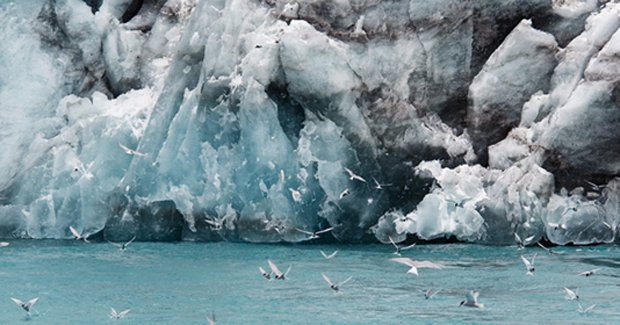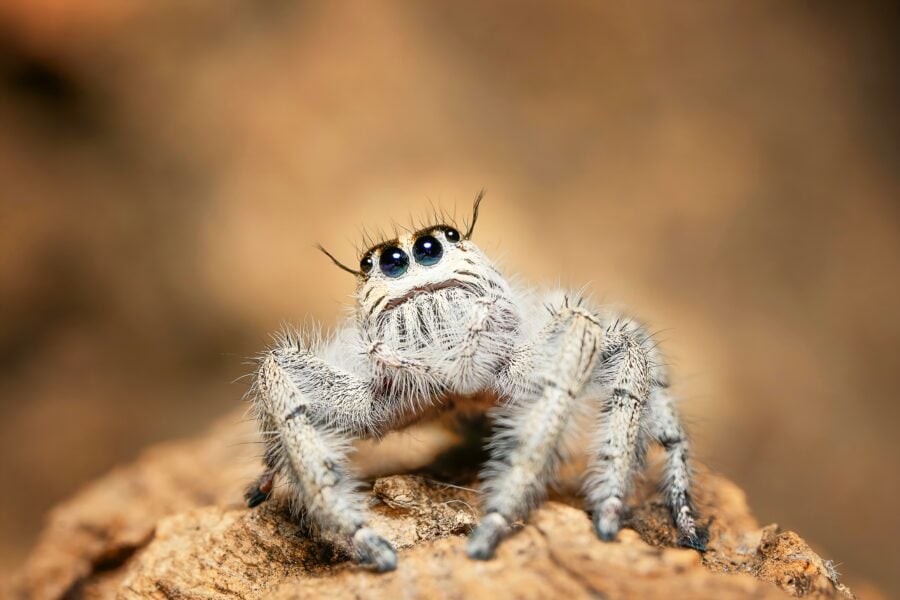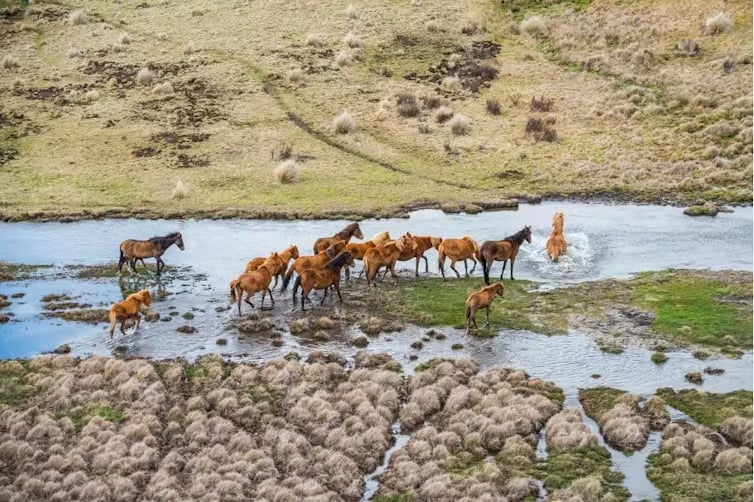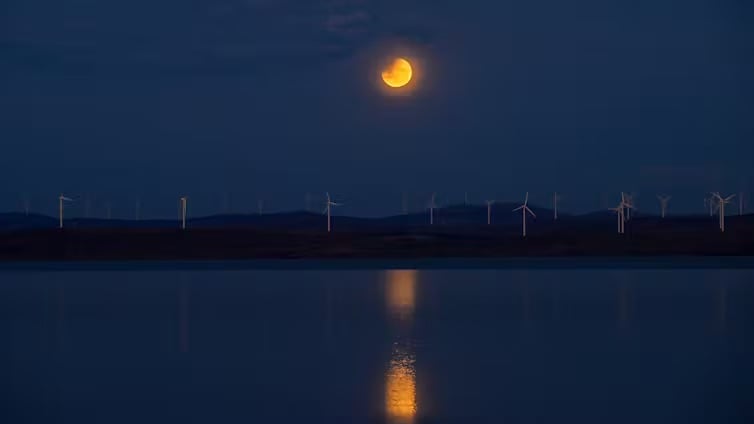Photographing the shades of Antarctica

A CAREER SPENT working on the imagery of conservation campaigns as a picture editor and graphic designer with the Australian Conservation Foundation (ACF), and as a photographer in his own right, has meant David Neilson has seen many, many images cross his desk.
But, the photographs he’s been most captivated by are the fresh, white-snow, blue-ice and charismatic wildlife of Antarctica and the sub-Antarctic region.
Antarctica by every means
In total, David has been on six trips to the region, and photographed it in almost every format including a 15kg large-format camera kit. This hefty kit “posed a problem carrying around,” he says. “But, the depth and quality of the images, which you can see in the big panoramic photos it produces, was definitely worth it.”
Despite this range of equipment, you’d be hard pressed to pick up which pictures in David’s recently published book Southern Light were taken on his first expedition in 1990 and which he took on his trip to Antarctica’s Ross Sea area in 2009.
Ten years (1983-94) of selecting imagery for the ACF has lent him a practiced eye for quality; 1990 images of doting emperor penguins standing over a chick or dry snow gusts coming off the remote Prince Charles Mountains seamlessly blend in among more contemporary shots of glacier tongues and seals.
The passionate sport of Antarctic photography
The cover shot of an emperor penguin rookery on the Mawson Coast illustrates the variety of unusual conditions tackled by someone keen to distil the spirit of the world’s southernmost continent. The rookery is washed in a flattering, gold glow, but read more closely and you’ll find out the shot was taken at midnight during the ever-light summer.
“In 2004 I was lucky enough to get an Australian Antarctic Arts Fellowship,” says David. “I’d often team up with scientists, often geologists for example, and we’d head out on quad bikes to a camp. They’d go off and do their rock collecting and I’d walk off with my camera. I feel very privileged to have had the opportunities I’ve had.”
The conservation photographer even boasted two trips to the region in the summer of 2008-09. “I was keen to get to the Ross Sea, which I’d never photographed before, so I got back from one trip and a month later went on another. I wanted to get the geographic diversity of Antarctica, and although it’s a big place I think I have covered a lot of it in the book.”

RELATED CONTENT




